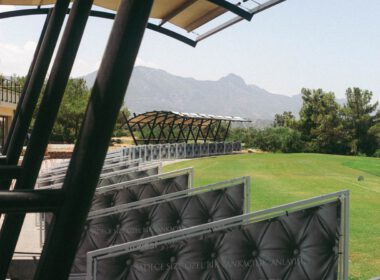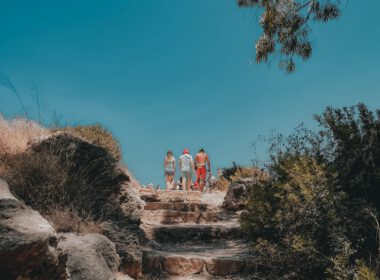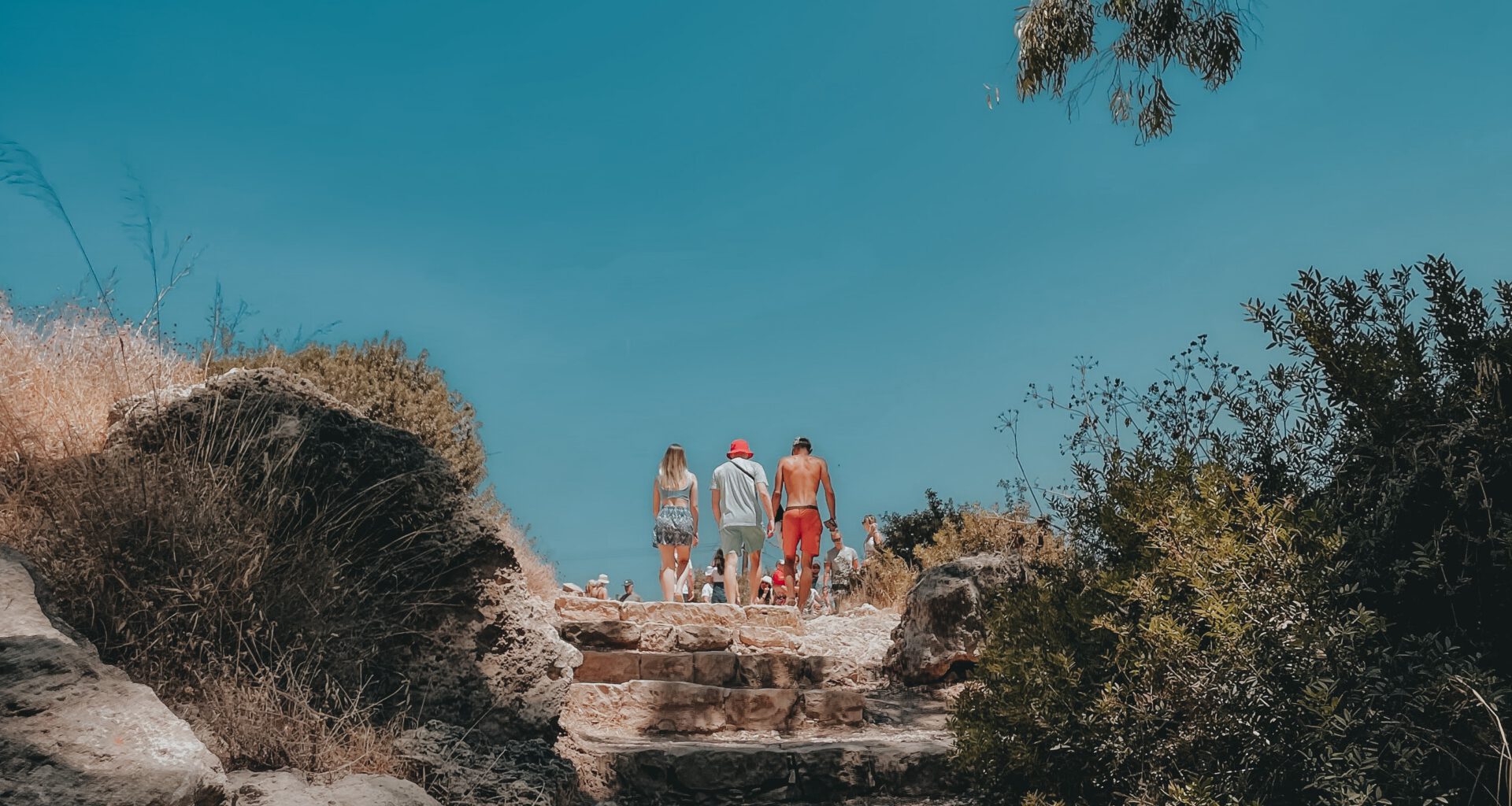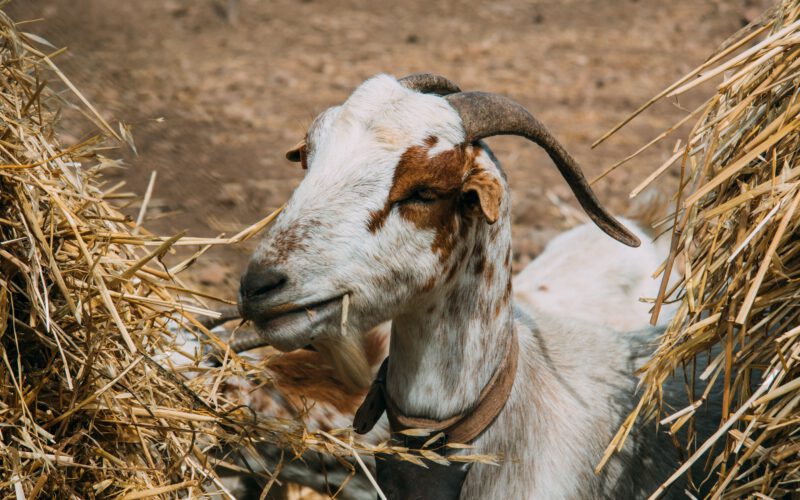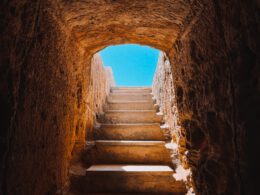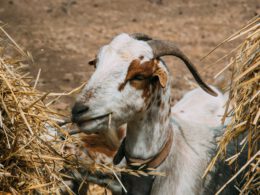To nieprawda, że Cypr to tylko plaże, a jedyną formą odpoczynku jest wystawianie się na słońce. Na wyspie można się wspinać, wędrować, a nawet jeździć na nartach. A wszystko dzięki górom, które rozłożyły się w środkowo-zachodniej części Cypru.
The Trodos (Troodos) mountain massif is administratively located in the districts of Nicosia, Limassol and Paphos. It occupies almost a third of the island’s territory and is characterized by a wide range of altitudes, from 300 meters above sea level to 1950 meters above sea level for Mount Olimbos, the highest peak in the massif. It constitutes an attractive tourist area, as both nature lovers and history enthusiasts will find something for themselves here.
Close to nature
The geopark in the Trodos Mountains, part of the UNESCO World Geoparks Network, covers more than 130 hectares and includes almost half of the entire mountain range. Trodos is a geologically important place because it contains, among other things, rare ophiolites, fragments of oceanic crust uplifted to the land surface. Mineral and metal ore deposits are also found here. Part of the massif is protected as a forest park (Troodos Forest Nature Park). Of the 750 plant species found in the Troodos, 12 are found exclusively in these mountains, and more than 70 are endemic to Cyprus. Many rare bird species also live here.
A number of nature trails of varying levels of difficulty and length have been laid out in the park, some of which have been given mythological names, such as the Persephone trail and the Artemis trail. Also outside the strict area of the park, many walking and trekking trails have been established. Biking trails are also available, although due to the terrain, this is for the more advanced.
Among the natural attractions in Trodos are exceptionally picturesque waterfalls of several meters or more. Noteworthy is the small but beautifully located Chantara waterfall on the route connecting Trooditis Monastery and the village of Foini. One of the more frequently visited is the Kalidonia waterfall, tourists also like to hike to the Millomeris waterfall – both can be reached by easier and more difficult trails.
The Cyprus Forestry Heritage Museum in Kampos (Cyprus Forestry Museum), not far from Kykkos Monastery, tells about the history of Cyprus’ forests, the development of the timber industry, and tree species, including endemic ones. From here it’s not far to the Valley of Cedars, which gets its name from the Cyprus cedar (Cedrus brevifolia), found here in exceptional abundance. If you’re lucky, you can encounter mouflons here, which have been saved from extinction and today live peacefully in this part of the island, although they are shy and show themselves reluctantly.
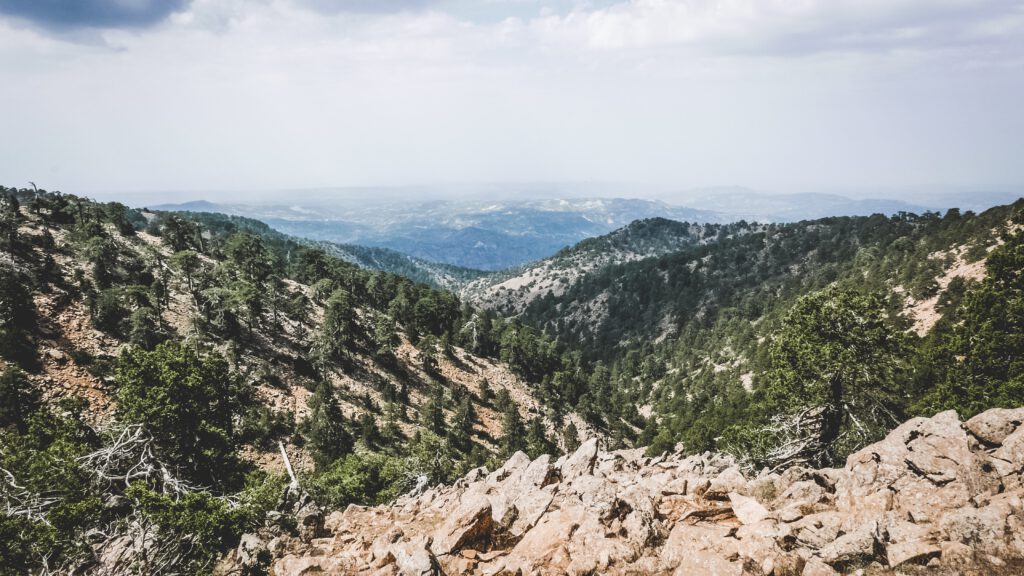
Between history and legend
When visiting the Trodos Mountains, there are several sights worth visiting that are associated with religious life in Cyprus. One of the most important is the monastery of Kykkos, which became famous for its miraculous icon of the Madonna attributed to Saint Luke. The monastery buildings have fallen victim to fires several times, so the current block is not very old. However, the splendor emphasizing the wealth and power of the monastery is astounding. Crowds of pilgrims come here not only for religious reasons, but also to pay homage to Makarios III, the head of the Cyprus Orthodox Church and president of the Republic of Cyprus from 1960 to 1977, who is buried here. There is also a museum at the monastery, which displays Byzantine art and manuscripts, among other things.
Trooditissa Monastery is today closed to the public, only religious visits are possible. According to legend, the local icon of the Virgin Mary appeared under mysterious circumstances on the Cypriot coast in the 8th century, and was kept in a cave until it was finally decided to build a temple to properly display the miraculous image. It is the highest monastery in Cyprus.
Also, a third monastery in the Trodos Mountains – Machairas – is associated with the cult of the miraculous image of the Madonna. The Panagia icon of Machairas is said to have been discovered by two hermits who were mysteriously given a knife and instructions on how to use it to retrieve the hidden image of the Virgin Mary from the wilderness. Like the previous monastery, this one too has burned many times; fortunately, the miraculous image survived and can be viewed.
UNESCO’s Painted Treasures
The 10 churches located in the mountains of Trodos were named a UNESCO World Heritage Site in 1985. Despite Cyprus’ troubled history, the churches survived undestroyed, even the wall paintings showcasing Byzantine and post-Byzantine art on the island survived. And it is because of the surviving paintings that the churches have been inscribed on the World Heritage List. The complex includes churches and monasteries – Agios Nikolaos tis Stegis, Agios Ionannis Lampadistis, Panagia Phorviotissa (Asinou), Panagia tou Arakou, Panagia tou Moutoulla, Archangelos Michail, Timios Stavros, Panagia Podhithou, Stavros Agiasmati and Agia Sotira tou Soteros. The oldest of these churches date back to the 11th century, while the latest are from the 16th century, so they show the development of architecture and painting over the centuries. The places where the churches stand are beautifully located, away from the main routes, without crowds of tourists.
Beauty of the mountainous province
It is necessary to travel to the Trodos mountains by car. This is the only way to reach the many villages that have hidden themselves from the eyes of the curious. Some of them have the hallmarks of mountain resorts, others are a good base for skiing or hiking, but there are many small villages where you can taste the local cuisine, peep at the artisans, delight in the peace and tranquility, and then set off on your journey. Some have interesting museums. The Arsos Folk Art Museum showcases the daily life and traditions of the region’s inhabitants. In the village of Koilani there is the Museum of Sacred Art and the Ecclesiastical and Viticulture Museums, and in the unusual village of Fikardou you can visit the Ethnological Museum ((Fikardou Ethnological Museum: The Houses of Katsinioros and Achilleas Dimitri).
Wine routes run through Trodos. The mountainous slopes are conducive to viticulture and wine making. The small villages of Trodos also offer the opportunity to taste the local cuisine, products made according to centuries-old traditions. In the taverns and sunny village squares, life is much slower and more peaceful.

